Home>Home Appliances>Laundry Appliances>How To Wash A Bath Mat In The Washing Machine
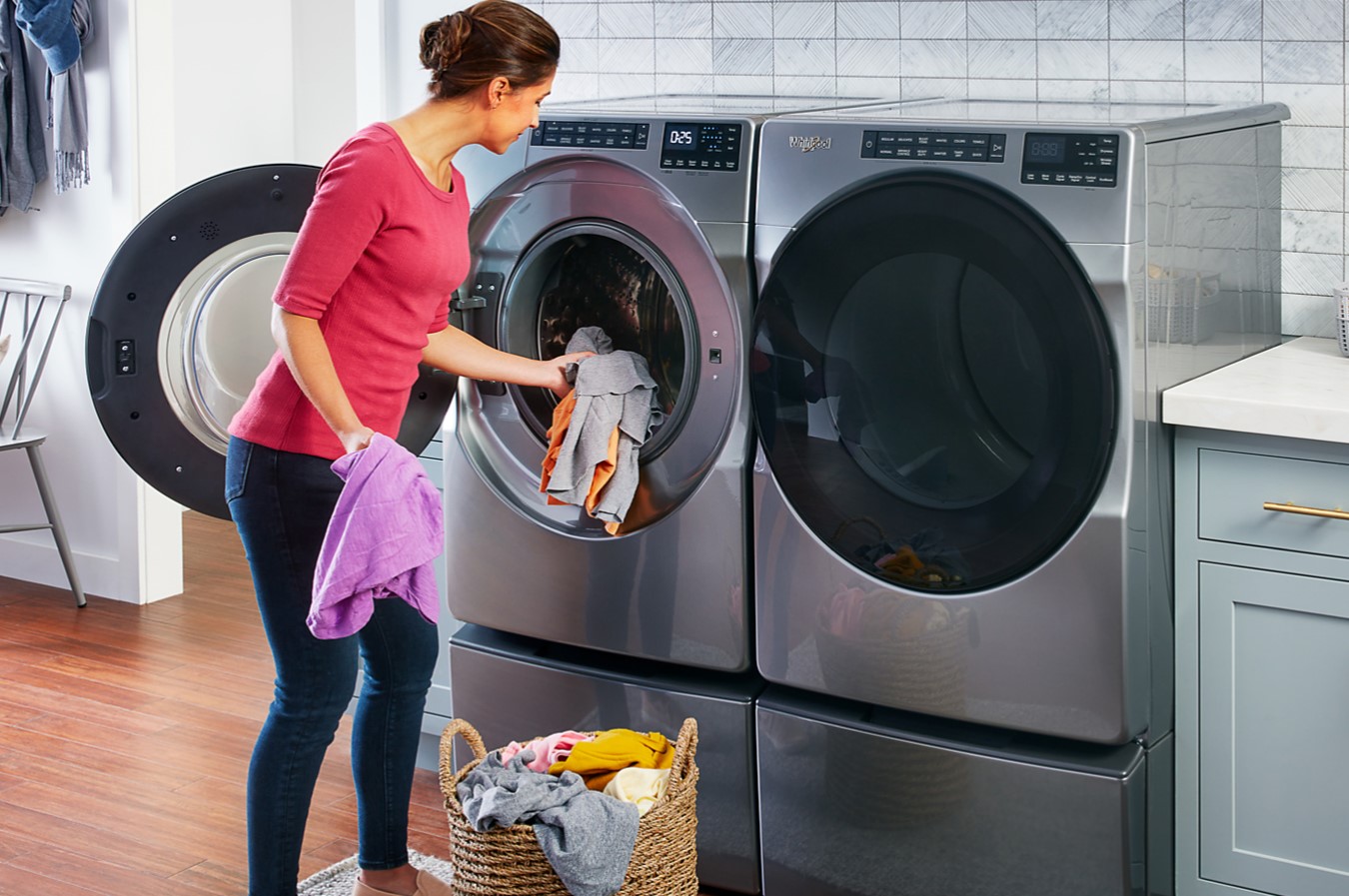

Laundry Appliances
How To Wash A Bath Mat In The Washing Machine
Published: February 22, 2024
Learn how to properly wash a bath mat in the washing machine with our expert laundry appliance tips. Keep your bath mat clean and fresh with these simple steps.
(Many of the links in this article redirect to a specific reviewed product. Your purchase of these products through affiliate links helps to generate commission for Storables.com, at no extra cost. Learn more)
Choosing the Right Bath Mat for Machine Washing
Selecting the appropriate bath mat for machine washing is crucial to ensure effective cleaning without causing damage. When choosing a bath mat, opt for materials that are machine washable, such as cotton, microfiber, or synthetic materials like polyester. These materials are durable and can withstand the agitation of the washing machine without losing their shape or texture.
Look for bath mats with care instructions that explicitly state they are machine washable. Additionally, consider the size of the bath mat in relation to your washing machine. Oversized bath mats may not fit properly in the machine, leading to ineffective cleaning or potential damage to the appliance.
Furthermore, it's essential to inspect the bath mat for any embellishments or features that may not withstand machine washing. Avoid bath mats with delicate trims, fringes, or non-machine washable backing, as these elements may deteriorate or become damaged in the washing process.
By carefully selecting a machine-washable bath mat made from durable materials and free from delicate embellishments, you can ensure that it will withstand the rigors of machine washing, allowing for a thorough and effective cleaning process.
Key Takeaways:
- Choose a machine-washable bath mat made of durable materials like cotton or microfiber to ensure effective cleaning without damage. Avoid delicate embellishments and oversized mats for a successful wash cycle.
- Before washing, shake off debris, inspect for stains, and secure fastenings. Set the machine to a gentle cycle, add mild detergent, and avoid fabric softeners or bleach for optimal bath mat care.
Preparing the Bath Mat for Washing
Before placing the bath mat in the washing machine, it's essential to prepare it properly to ensure effective cleaning and prevent potential damage. Follow these steps to prepare the bath mat for machine washing:
-
Shake Off Excess Debris: Begin by taking the bath mat outdoors, if possible, and vigorously shake it to remove any loose dirt, hair, or debris. This initial step helps prevent the washing machine from becoming clogged with excess particles during the cleaning process.
-
Inspect for Stains and Spills: Carefully examine the bath mat for any visible stains or spills. If there are localized areas of soiling, consider spot-treating them before washing. Use a gentle stain remover or a mixture of mild detergent and water to pre-treat stubborn stains. Allow the pre-treatment to sit for a few minutes to help loosen the stains before proceeding to the washing machine.
-
Check for Loose Threads or Damage: Inspect the bath mat for loose threads, fraying edges, or any signs of damage. Trim any loose threads or snags to prevent them from getting caught in the washing machine's agitator or causing further damage during the wash cycle.
-
Secure Velcro or Fastenings: If the bath mat features any Velcro straps or fastenings, ensure that they are securely fastened or closed. This prevents the Velcro from snagging on other items in the wash and helps maintain the bath mat's shape during cleaning.
-
Turn Inside Out (If Applicable): For reversible bath mats or those with a non-slip backing, consider turning them inside out before placing them in the washing machine. This step can help protect any delicate surface designs or prevent the non-slip backing from deteriorating during the wash cycle.
By meticulously preparing the bath mat for machine washing, you can optimize the cleaning process and minimize the risk of damage to the bath mat or the washing machine. These preparatory steps set the stage for a thorough and effective cleaning cycle, ensuring that the bath mat emerges from the washing machine refreshed and revitalized.
Setting up the Washing Machine
Properly setting up the washing machine is essential to ensure the bath mat undergoes a thorough and effective cleaning cycle. Follow these steps to prepare the washing machine for washing the bath mat:
-
Check the Washing Machine Capacity: Before loading the bath mat, verify that the washing machine has adequate space to accommodate it. Overcrowding the machine can hinder the cleaning process and may lead to unsatisfactory results. Ensure that the bath mat has ample room to move freely within the machine, allowing the water and detergent to reach all areas for a comprehensive clean.
-
Select the Appropriate Wash Cycle: Most modern washing machines offer a variety of wash cycles tailored to different fabric types and soil levels. For bath mats, opt for a gentle or delicate cycle to prevent excessive agitation that could potentially damage the mat's fibers. Additionally, consider using a cold or lukewarm water temperature setting to prevent shrinkage or color fading, especially for bath mats made from natural fibers like cotton.
-
Adjust the Spin Speed: When setting up the washing machine, adjust the spin speed to a lower setting if possible. High-speed spinning can be harsh on delicate bath mats, potentially causing them to lose their shape or become misshapen. By reducing the spin speed, you can protect the integrity of the bath mat while still effectively removing excess water during the rinse cycle.
-
Add Similar Items for Balance: To maintain the washing machine's balance during the cycle, consider adding a few small, lightweight items, such as towels or washcloths, along with the bath mat. This helps distribute the weight evenly within the machine, preventing excessive vibration or movement during the wash cycle.
-
Close the Washing Machine Lid or Door: Once the bath mat and any additional items are loaded into the washing machine, securely close the lid or door. Ensuring a tight seal helps contain the water and detergent during the wash cycle, allowing for optimal cleaning performance.
By meticulously setting up the washing machine according to these guidelines, you can create an ideal environment for washing the bath mat effectively. These preparatory steps help safeguard the bath mat from potential damage while maximizing the cleaning potential of the washing machine, resulting in a refreshed and revitalized bath mat after the wash cycle.
Adding Detergent and Other Cleaning Agents
Once the bath mat is properly loaded into the washing machine and the necessary settings are adjusted, the next crucial step is adding the appropriate cleaning agents to facilitate a thorough and effective cleaning cycle. The choice of detergent and other cleaning agents can significantly impact the cleanliness and overall condition of the bath mat. Here's a detailed guide on adding detergent and other cleaning agents for washing a bath mat in the washing machine:
-
Selecting the Right Detergent: Opt for a mild, gentle detergent suitable for the bath mat's material. Avoid using harsh or abrasive detergents that may compromise the integrity of the fibers or cause color fading. Look for detergents specifically formulated for delicate fabrics or consider using a hypoallergenic, fragrance-free option to minimize potential skin irritation after washing.
-
Measuring the Detergent: Carefully measure the appropriate amount of detergent according to the manufacturer's guidelines and the washing machine's load size. Using too much detergent can lead to excessive sudsing, making it challenging to rinse the bath mat thoroughly. Conversely, using too little detergent may result in inadequate cleaning. Follow the recommended dosage for the best results.
-
Consider Additional Cleaning Agents: For heavily soiled or odorous bath mats, consider incorporating additional cleaning agents such as baking soda or white vinegar. Baking soda can help neutralize odors and lift stubborn stains, while white vinegar acts as a natural fabric softener and antibacterial agent. Add these cleaning agents sparingly to avoid excessive residue buildup.
-
Avoid Fabric Softeners and Bleach: Refrain from using fabric softeners or bleach when washing bath mats, especially those made from microfiber or synthetic materials. Fabric softeners can leave a waxy residue on the bath mat, diminishing its absorbency and non-slip properties. Similarly, bleach can cause discoloration or damage to the fibers, compromising the bath mat's appearance and longevity.
-
Pre-treating Stubborn Stains: If the bath mat has particularly stubborn stains, consider applying a small amount of detergent directly to the affected areas before starting the wash cycle. Gently rub the detergent into the stains using a soft-bristled brush or cloth to help loosen the grime before the machine agitation begins.
By carefully selecting the right detergent, measuring it accurately, and considering additional cleaning agents when necessary, you can ensure that the bath mat receives the optimal cleaning treatment during the wash cycle. These steps help maintain the bath mat's quality and appearance while effectively removing dirt, stains, and odors, resulting in a fresh and clean bath mat ready for use.
To wash a bath mat in the washing machine, use a gentle cycle with cold water and mild detergent. Avoid using bleach or fabric softener. Hang to dry or use a low heat setting in the dryer.
Running the Washing Machine
With the bath mat properly prepared, the washing machine set up, and the cleaning agents added, it's time to initiate the wash cycle. Running the washing machine effectively is crucial to ensure that the bath mat undergoes a thorough and gentle cleaning process. Here's a detailed guide on running the washing machine to wash the bath mat effectively:
-
Initiating the Wash Cycle: Start the washing machine according to the selected settings, ensuring that the water begins to fill the drum before the bath mat comes into contact with the agitator. This initial phase allows the detergent and water to mix thoroughly, creating a cleaning solution that will evenly distribute throughout the wash cycle.
-
Monitoring the Agitation: As the wash cycle progresses, observe the machine's agitation to ensure that it remains gentle and does not cause excessive stress on the bath mat's fibers. If the machine offers variable speed settings, opt for a slower agitation speed to minimize the risk of damage to the bath mat while still facilitating effective cleaning.
-
Allowing for Soaking Time: For particularly soiled or odorous bath mats, consider pausing the wash cycle after the initial agitation phase to allow for a brief soaking period. Allowing the bath mat to soak in the detergent solution can help loosen stubborn stains and enhance the overall cleaning effectiveness before the cycle resumes.
-
Optimizing the Rinse Cycle: Once the wash cycle is complete, ensure that the washing machine proceeds to the rinse phase promptly. Thorough rinsing is essential to remove all traces of detergent and cleaning agents from the bath mat, preventing residue buildup that could compromise its texture and absorbency.
-
Avoiding Excessive Spinning: During the rinse cycle, monitor the machine to ensure that the spin speed remains moderate. High-speed spinning can be harsh on delicate bath mats, potentially causing them to lose their shape or become misshapen. By minimizing the spin speed, you can protect the integrity of the bath mat while still effectively removing excess water.
-
Completing the Wash Cycle: Once the wash and rinse cycles are complete, carefully remove the bath mat from the washing machine. Avoid leaving the bath mat in the machine for an extended period after the cycle ends, as this can lead to musty odors or mildew growth. Instead, promptly transfer the bath mat to the drying phase to maintain its freshness.
By following these guidelines and actively monitoring the washing machine throughout the cycle, you can ensure that the bath mat receives a gentle yet effective cleaning treatment. Running the washing machine with care and attention to detail helps safeguard the bath mat from potential damage while maximizing the cleaning potential of the machine, resulting in a revitalized and hygienic bath mat ready for use.
Read more: How To Dry A Bath Mat
Drying the Bath Mat
Properly drying the bath mat is essential to preserve its quality and ensure that it remains fresh and ready for use. After the washing cycle is complete, follow these steps to effectively dry the bath mat:
-
Removing Excess Water: Before transferring the bath mat to the dryer, gently press or roll it to remove excess water. Avoid wringing or twisting the bath mat, as this can damage its fibers and alter its shape. If the bath mat is particularly absorbent, consider repeating this step to minimize drying time.
-
Selecting the Drying Method: When it comes to drying bath mats, there are two primary methods: air drying and machine drying. Air drying is a gentle and energy-efficient option, ideal for bath mats made from delicate materials such as cotton. Simply lay the bath mat flat on a drying rack or a clean, dry towel in a well-ventilated area away from direct sunlight. Alternatively, machine drying can be used for bath mats made from more durable materials such as microfiber or synthetic blends. When using a dryer, select a low or medium heat setting to prevent excessive shrinkage or damage to the bath mat's fibers.
-
Fluffing and Reshaping: If machine drying is chosen, periodically check the bath mat during the drying cycle to fluff and reshape it. Gently shake or pat the bath mat to prevent the fibers from clumping together, ensuring that it retains its original texture and appearance.
-
Avoiding Overdrying: Whether air drying or using a machine, avoid overdrying the bath mat, as this can lead to stiffness and reduce its absorbency. Instead, aim for a slightly damp feel, allowing the bath mat to finish drying naturally after it is removed from the drying surface or machine.
-
Checking for Dryness: To determine if the bath mat is adequately dry, touch the surface to ensure it feels slightly damp but not excessively wet. If using a machine dryer, avoid relying solely on the timer and instead assess the bath mat's dryness by touch to prevent over-drying.
By following these steps, you can effectively dry the bath mat without compromising its quality or integrity. Whether opting for air drying or machine drying, these methods ensure that the bath mat emerges from the drying process soft, fluffy, and thoroughly refreshed, ready to be returned to its place in the bathroom.
Tips for Maintaining a Clean Bath Mat
Maintaining a clean bath mat not only prolongs its lifespan but also contributes to a hygienic and inviting bathroom environment. Here are essential tips to uphold the cleanliness and quality of your bath mat:
-
Regular Washing Schedule: Establish a regular washing schedule for your bath mat to prevent the accumulation of dirt, moisture, and bacteria. Depending on usage and foot traffic, aim to wash the bath mat at least once every one to two weeks. Consistent washing helps eliminate odors and maintains the mat's freshness.
-
Prompt Stain Treatment: Address stains and spills promptly to prevent them from setting into the fibers of the bath mat. Use a gentle stain remover or a mixture of mild detergent and water to pre-treat stains before washing. Prompt treatment minimizes the likelihood of stubborn stains becoming deeply embedded in the fabric.
-
Proper Drying: Ensure thorough drying of the bath mat after each wash to prevent musty odors and mold growth. If air drying, place the mat in a well-ventilated area away from direct sunlight. For machine drying, select a low or medium heat setting and avoid over-drying to maintain the mat's softness and absorbency.
-
Regular Vacuuming: For bath mats with longer fibers or shaggy textures, regular vacuuming helps remove loose dirt, hair, and debris that may accumulate over time. Use a handheld vacuum or the appropriate attachment on your standard vacuum cleaner to gently remove surface particles.
-
Rotate and Air Out: Periodically rotate the bath mat to ensure even wear and exposure to airflow. Additionally, allow the bath mat to air out after use by hanging it over a towel rack or shower rod. This practice helps prevent moisture retention and minimizes the risk of mildew development.
-
Avoid Harsh Chemicals: Refrain from using harsh cleaning agents, bleach, or fabric softeners when washing bath mats, as these can compromise the integrity of the fibers and diminish their absorbency. Opt for mild, gentle detergents suitable for delicate fabrics to maintain the mat's quality.
-
Regular Inspection: Routinely inspect the bath mat for signs of wear, loose threads, or damage. Trim any loose threads to prevent unraveling and address any damage promptly to prolong the mat's lifespan.
By incorporating these tips into your bath mat maintenance routine, you can ensure that your mat remains clean, fresh, and inviting, enhancing the overall cleanliness and comfort of your bathroom space.
Frequently Asked Questions about How To Wash A Bath Mat In The Washing Machine
Was this page helpful?
At Storables.com, we guarantee accurate and reliable information. Our content, validated by Expert Board Contributors, is crafted following stringent Editorial Policies. We're committed to providing you with well-researched, expert-backed insights for all your informational needs.
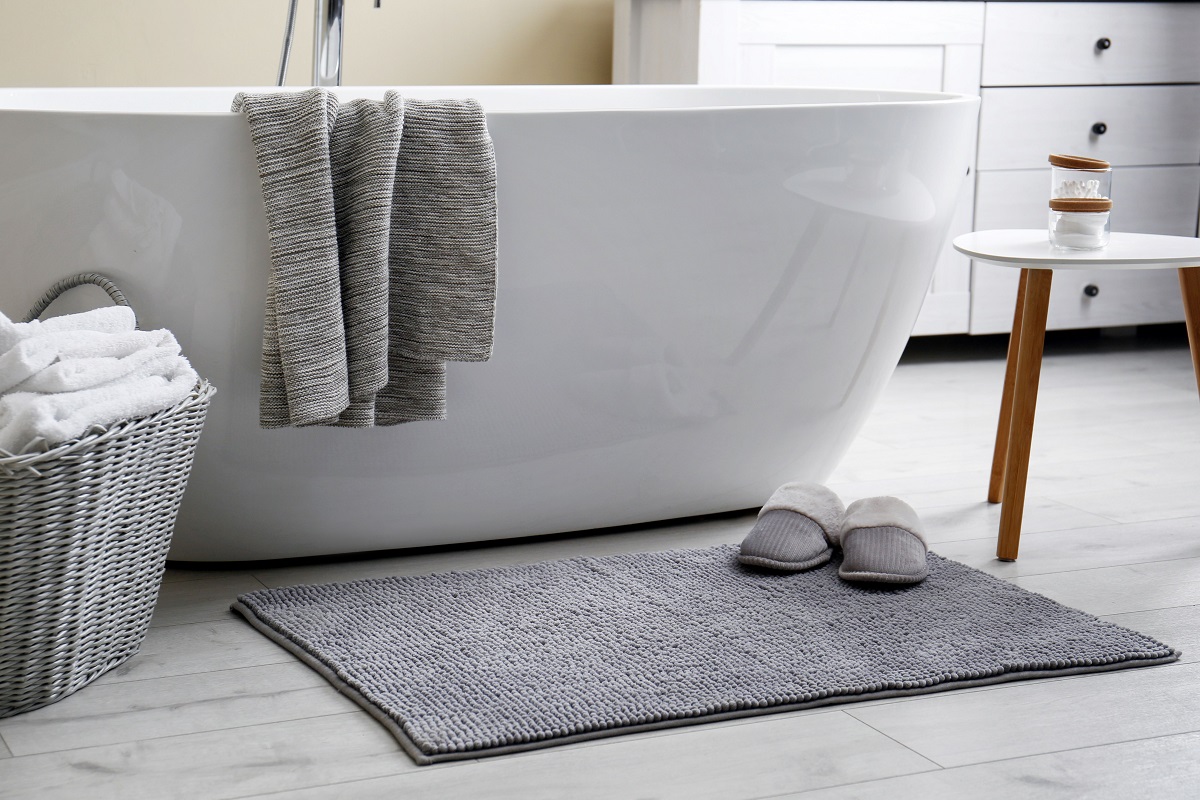
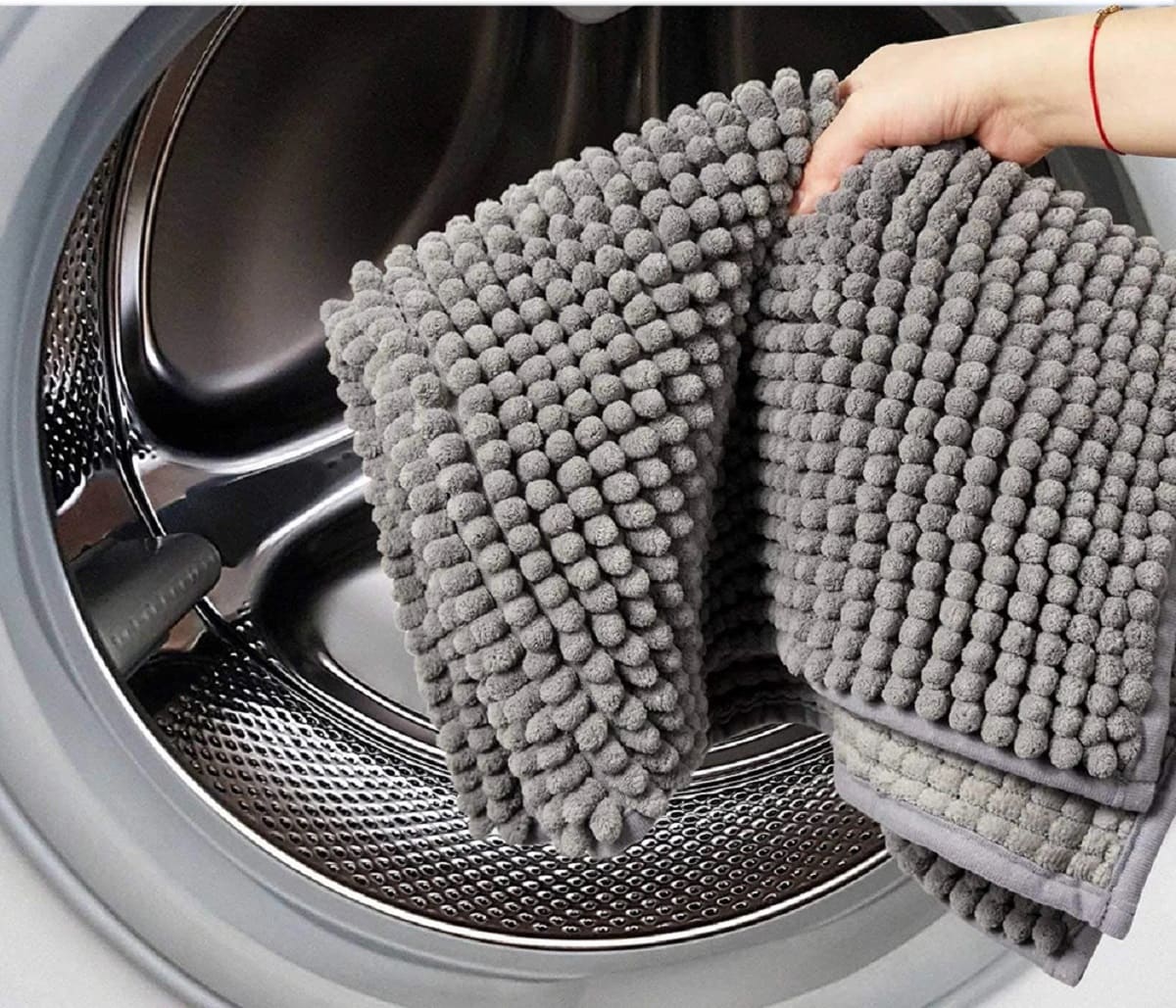
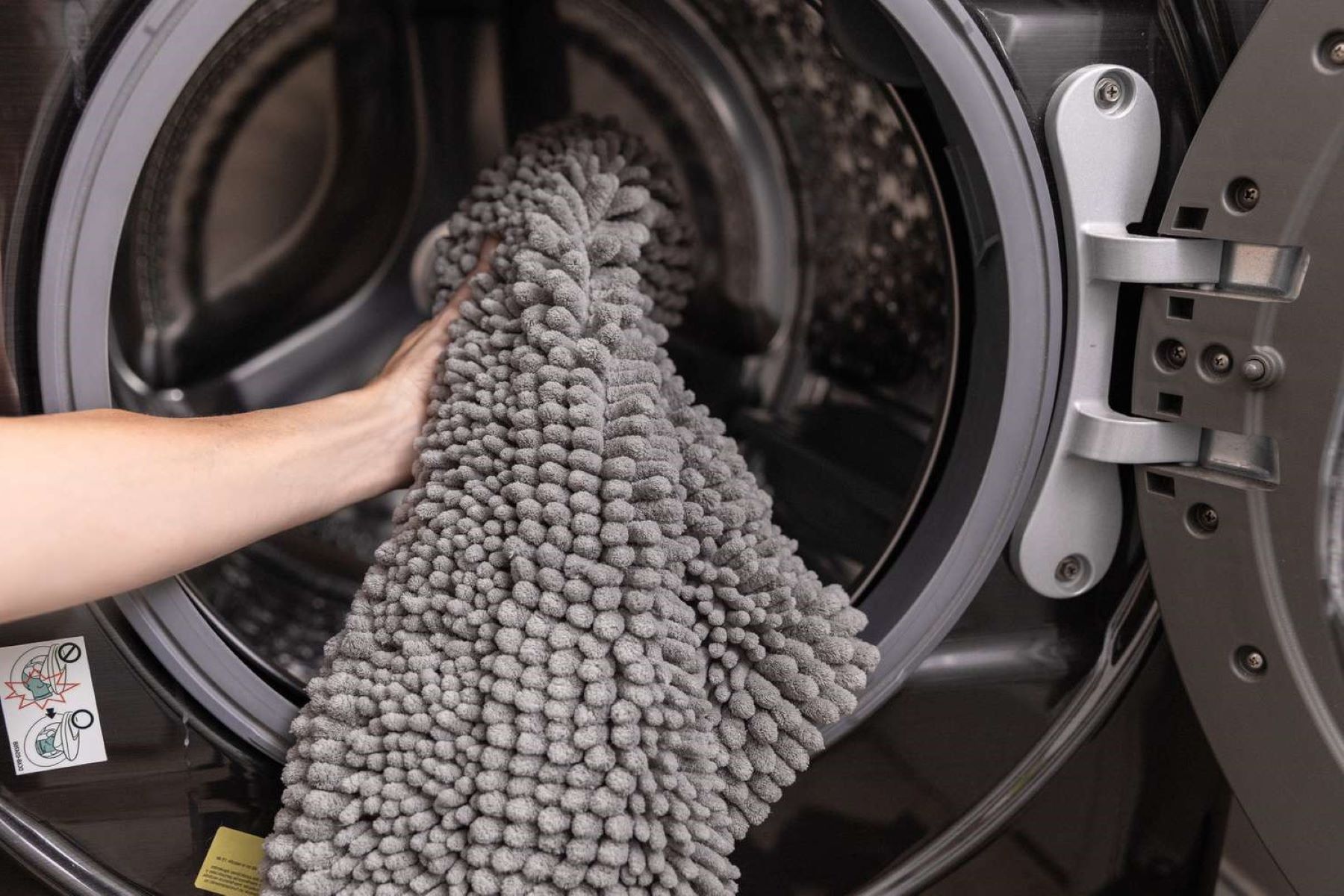
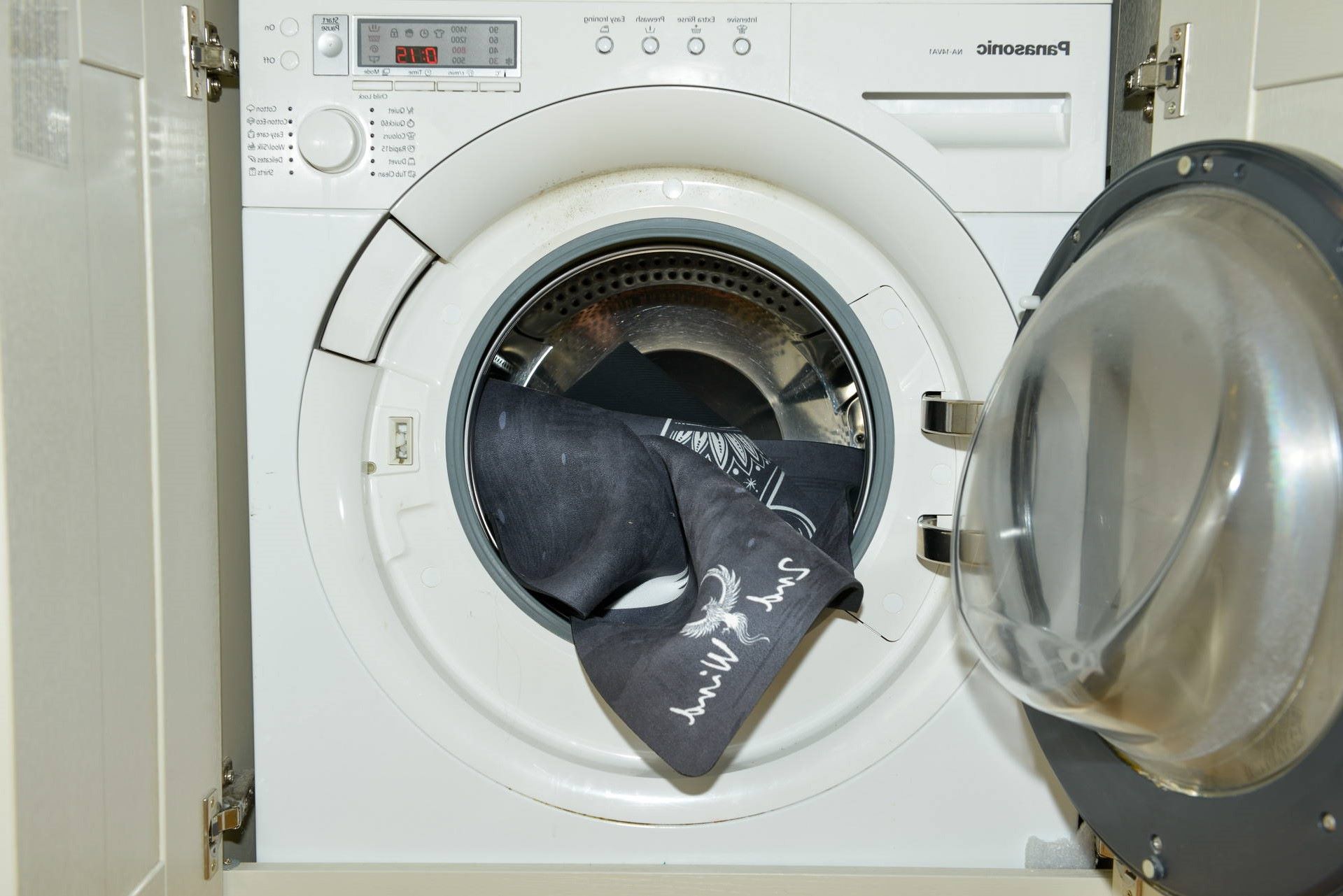
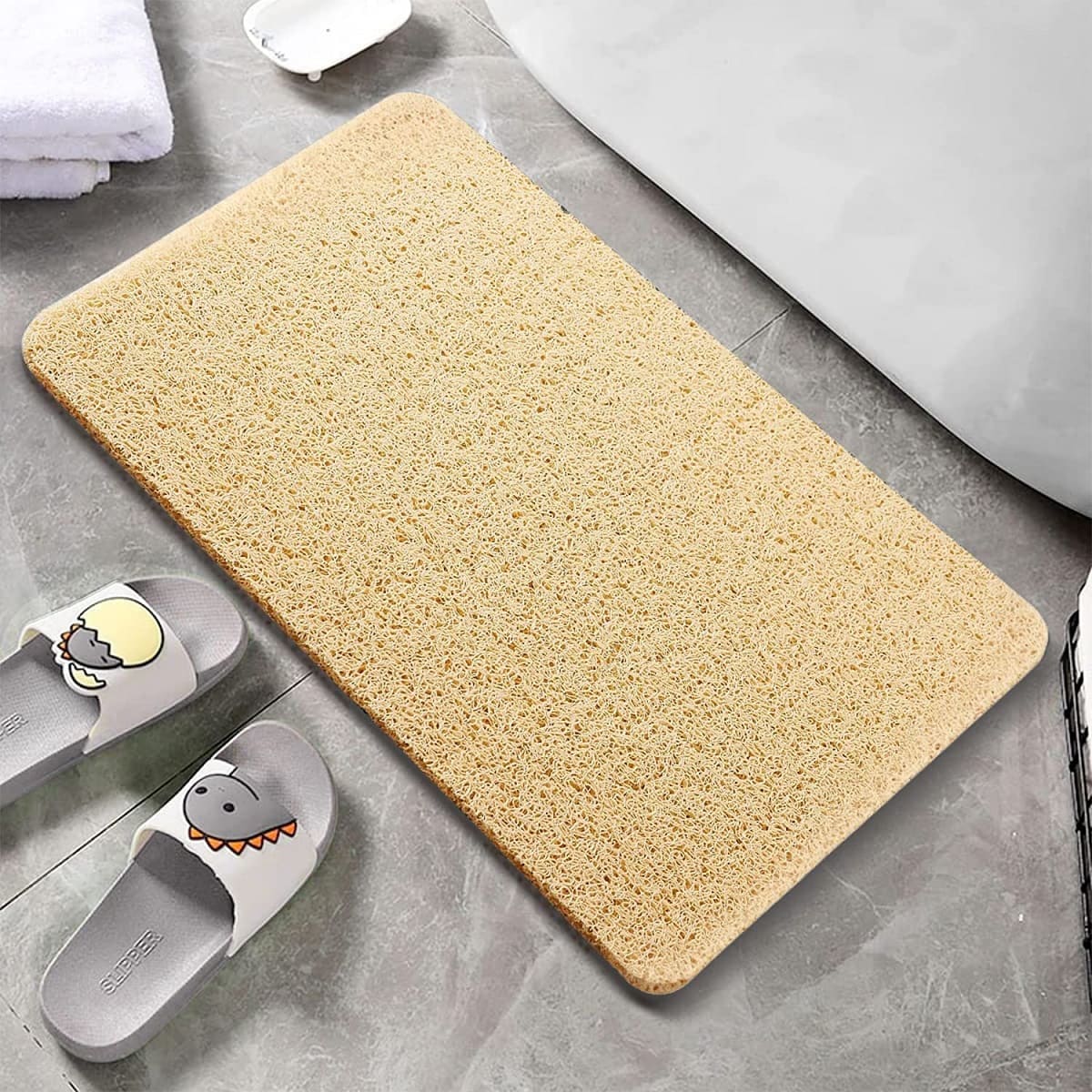
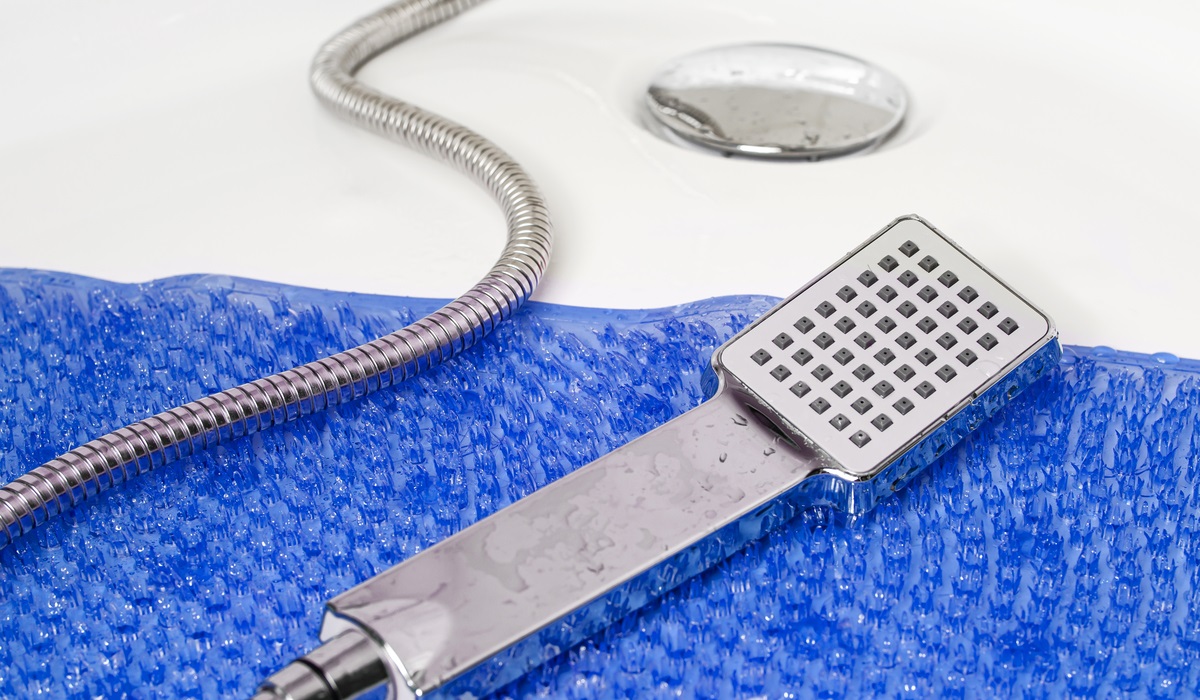
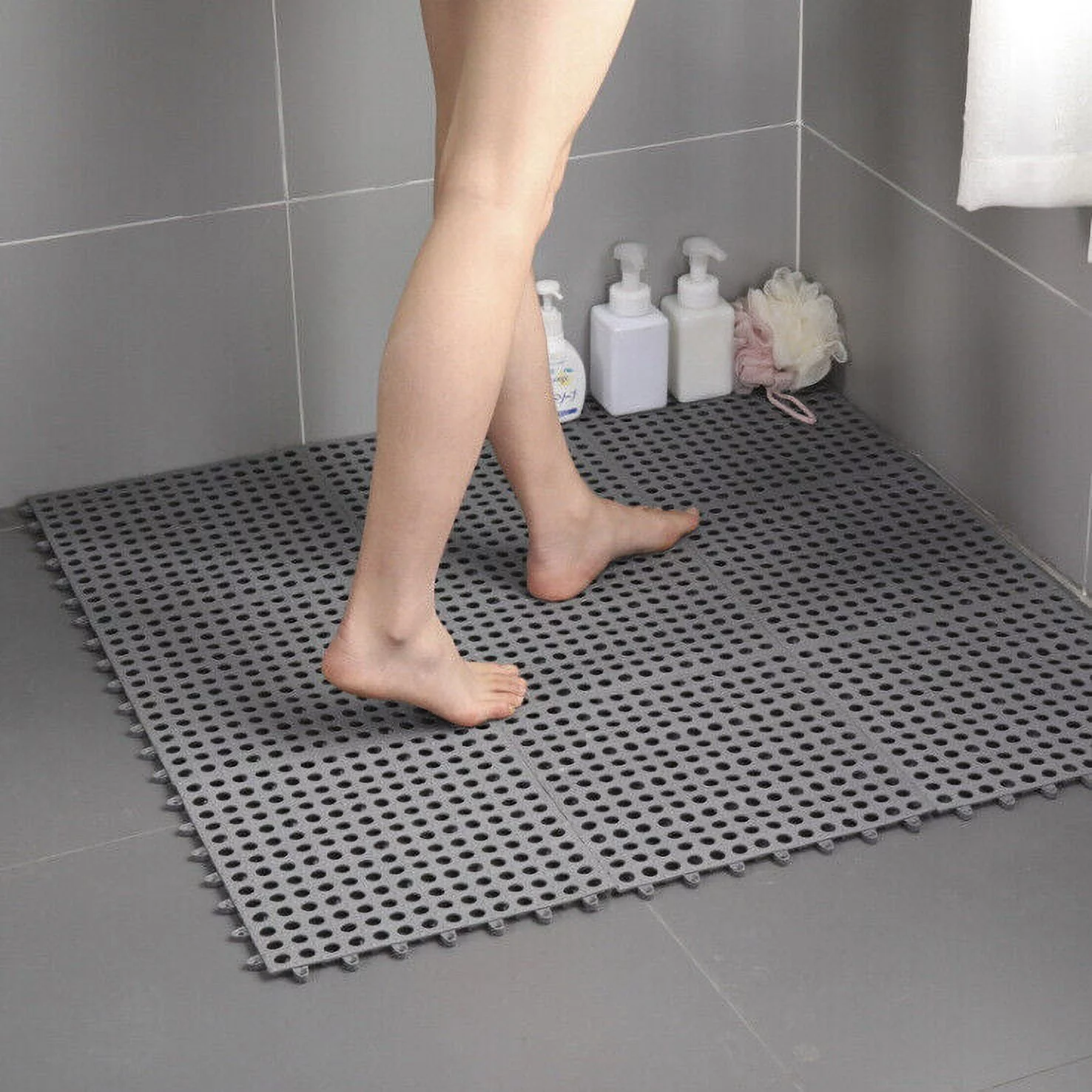
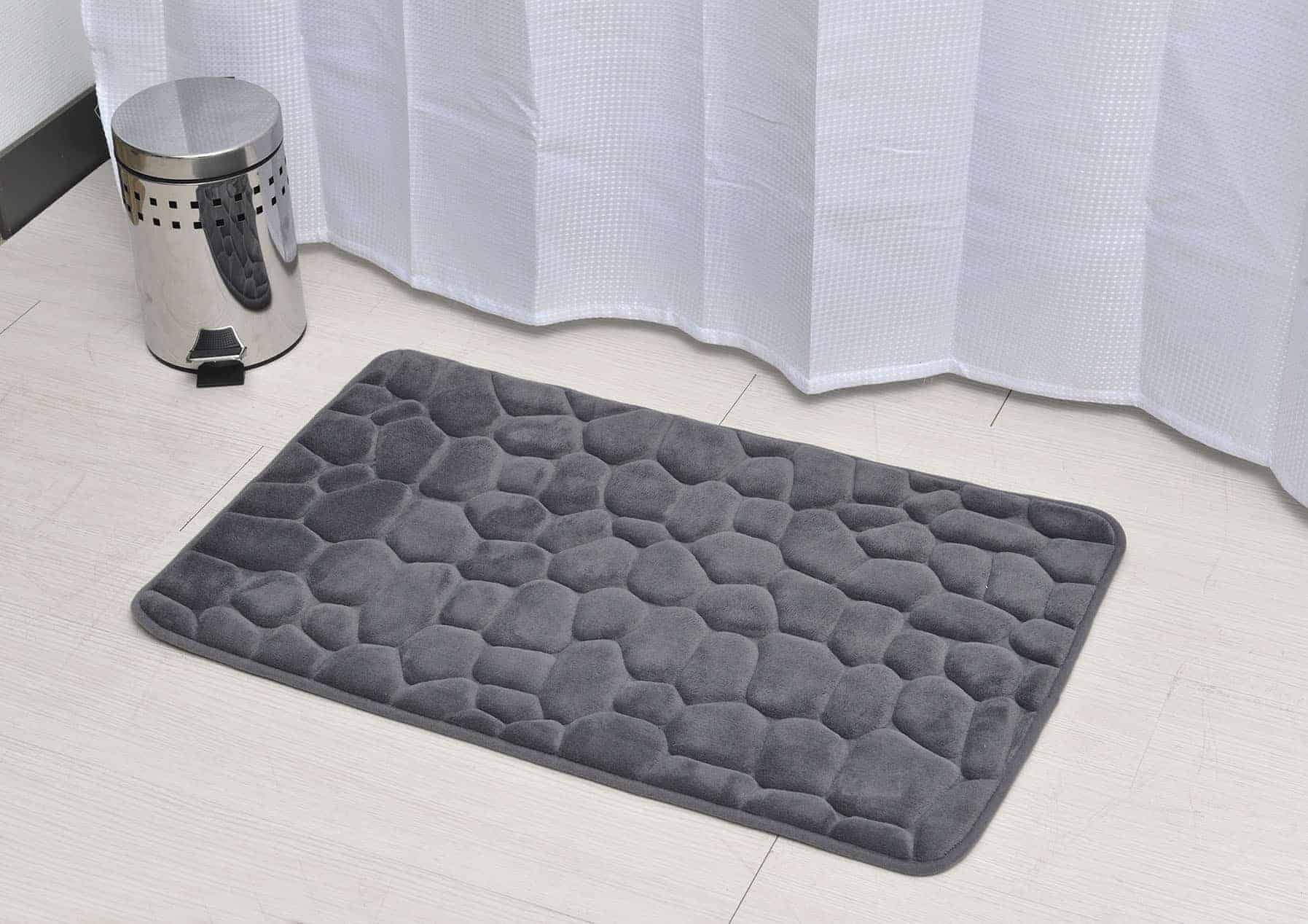
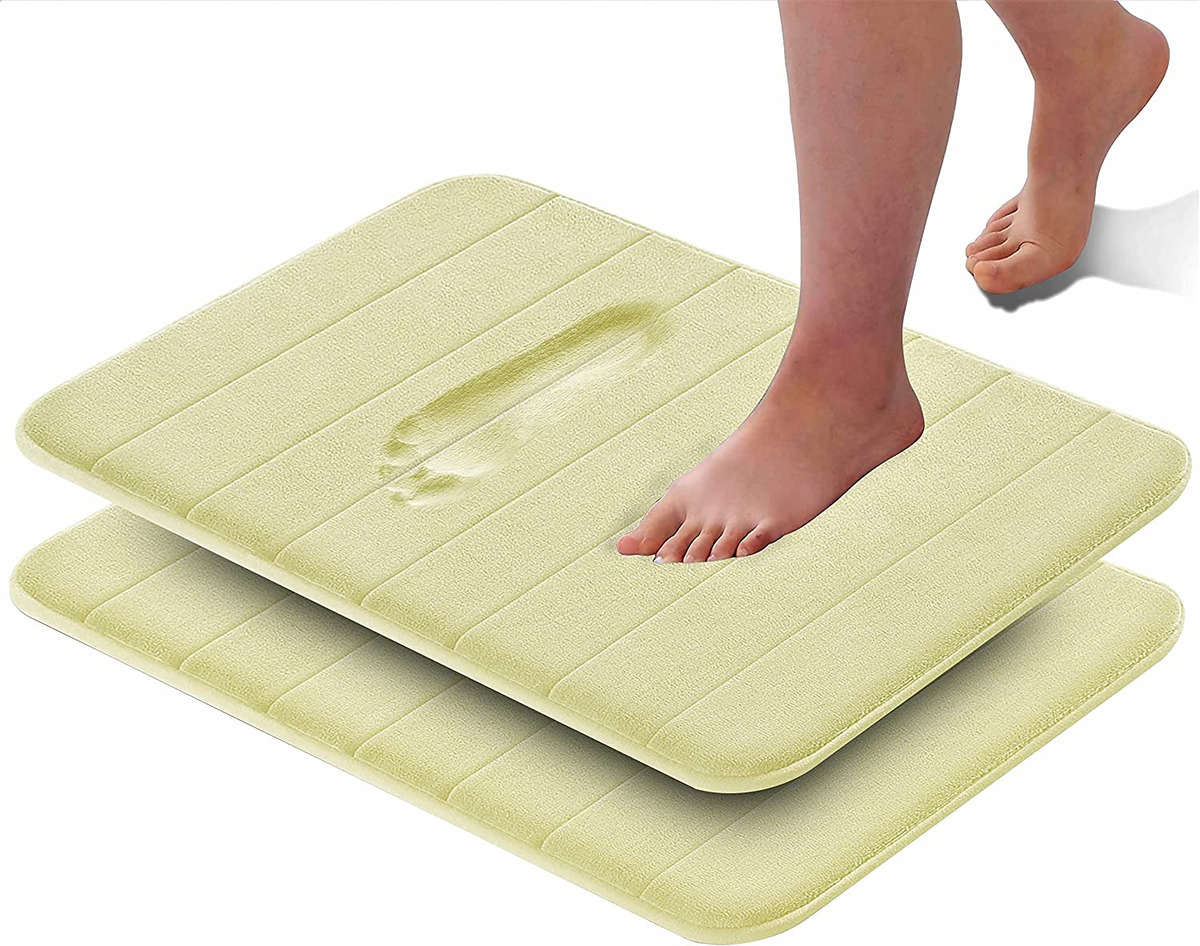
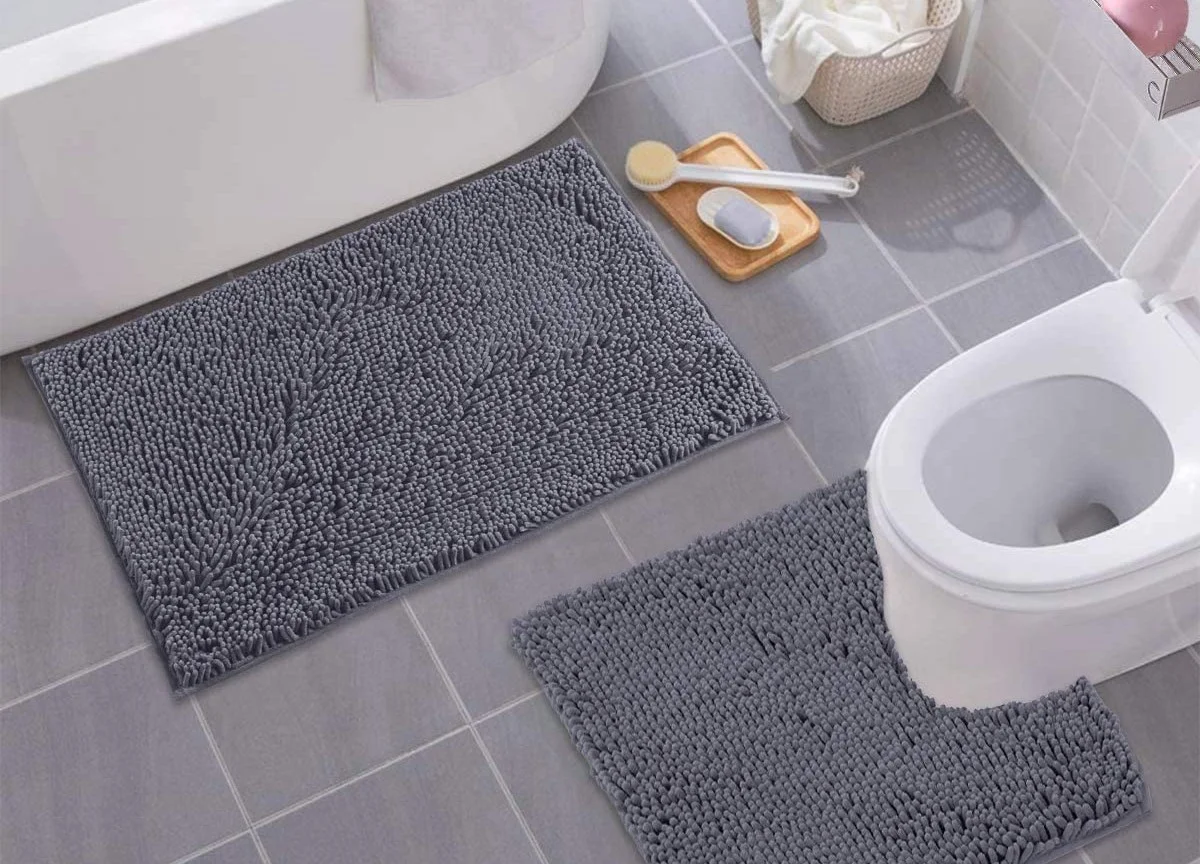
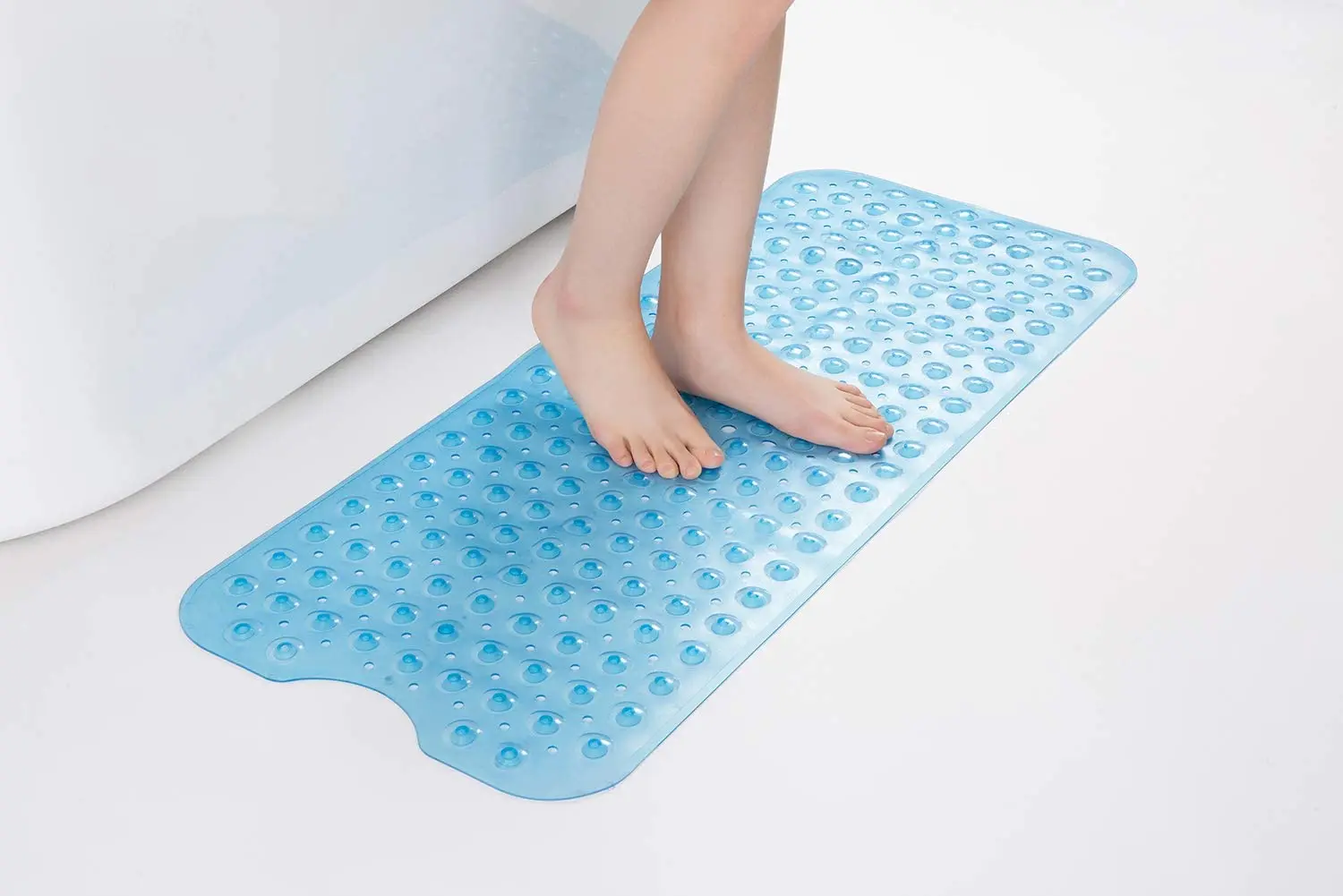
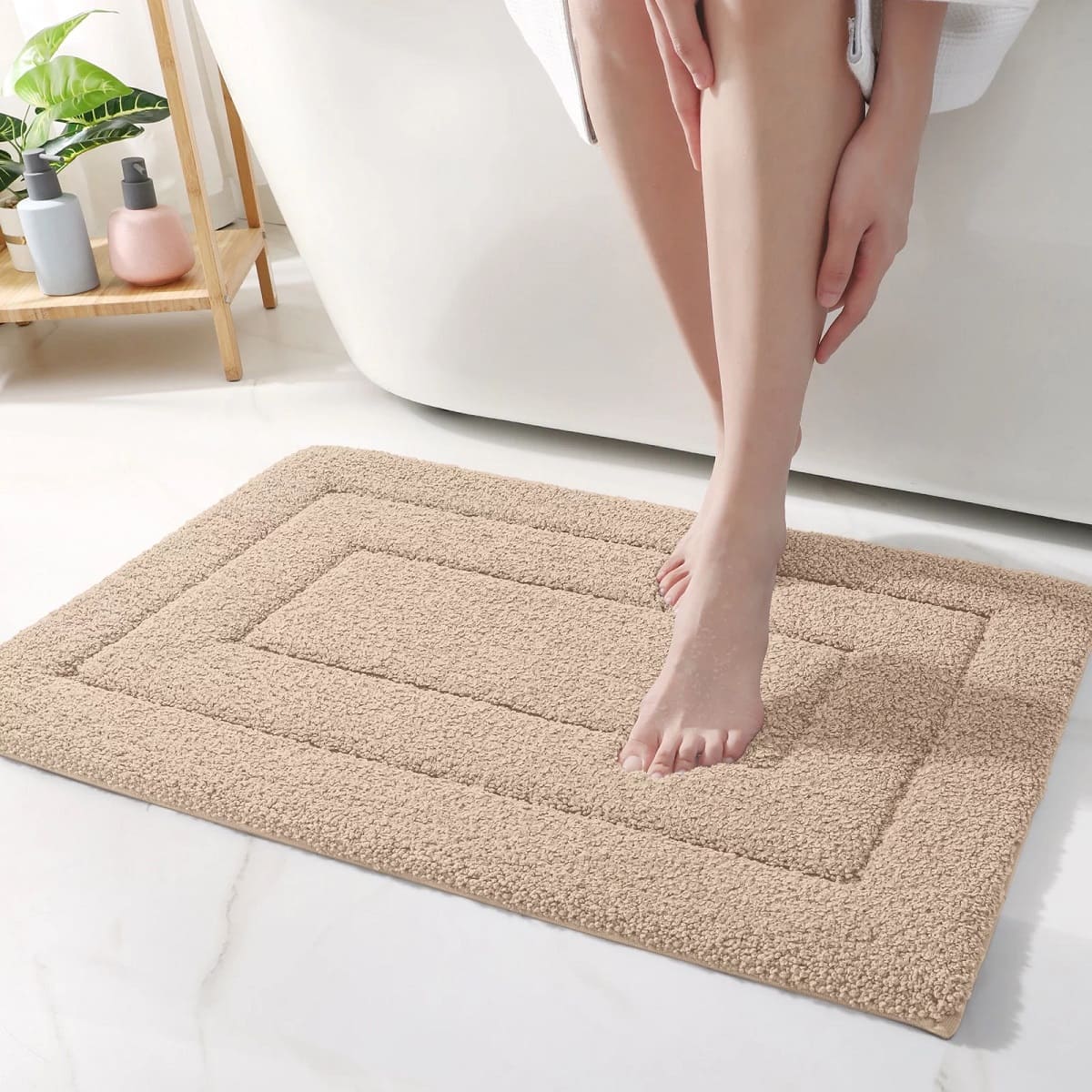
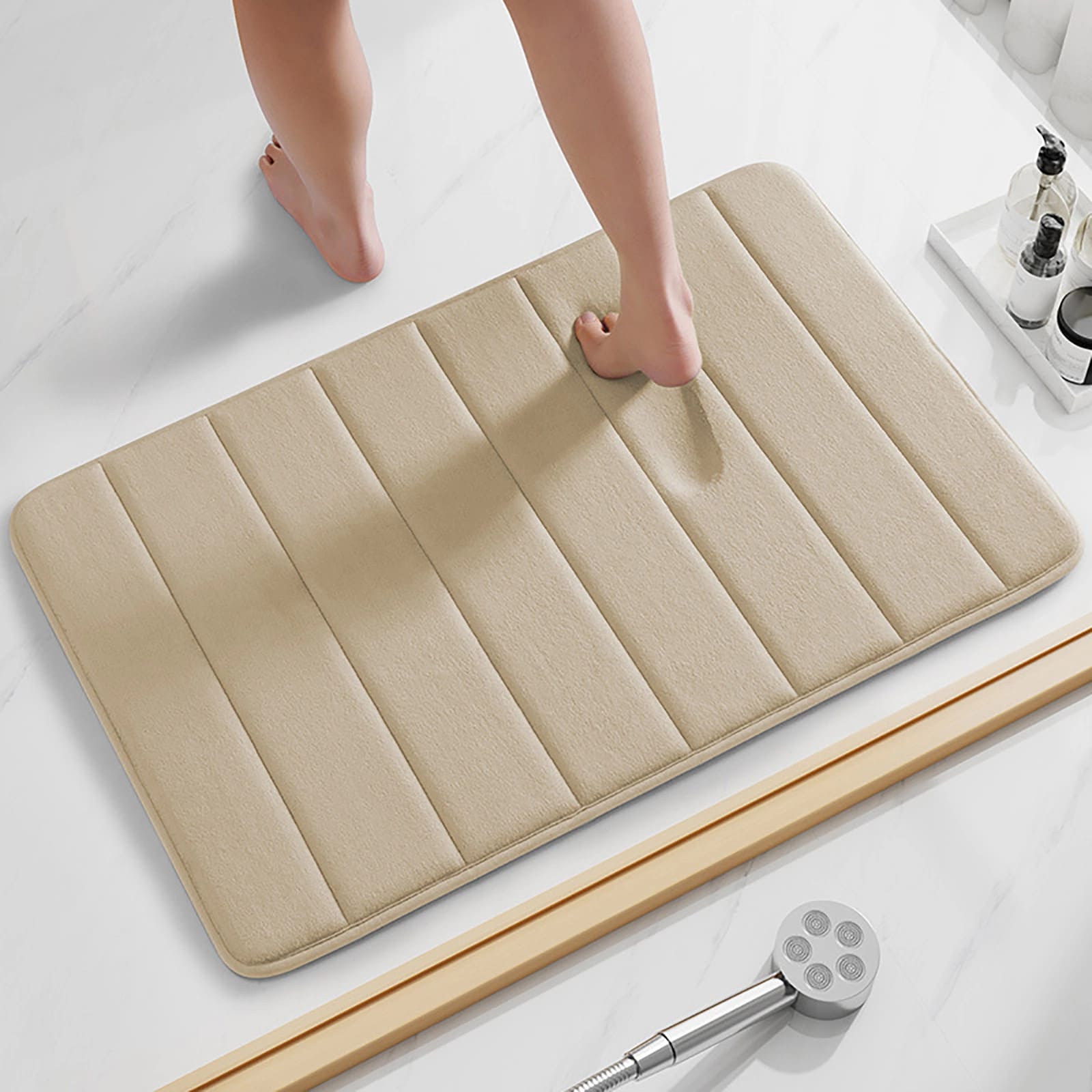
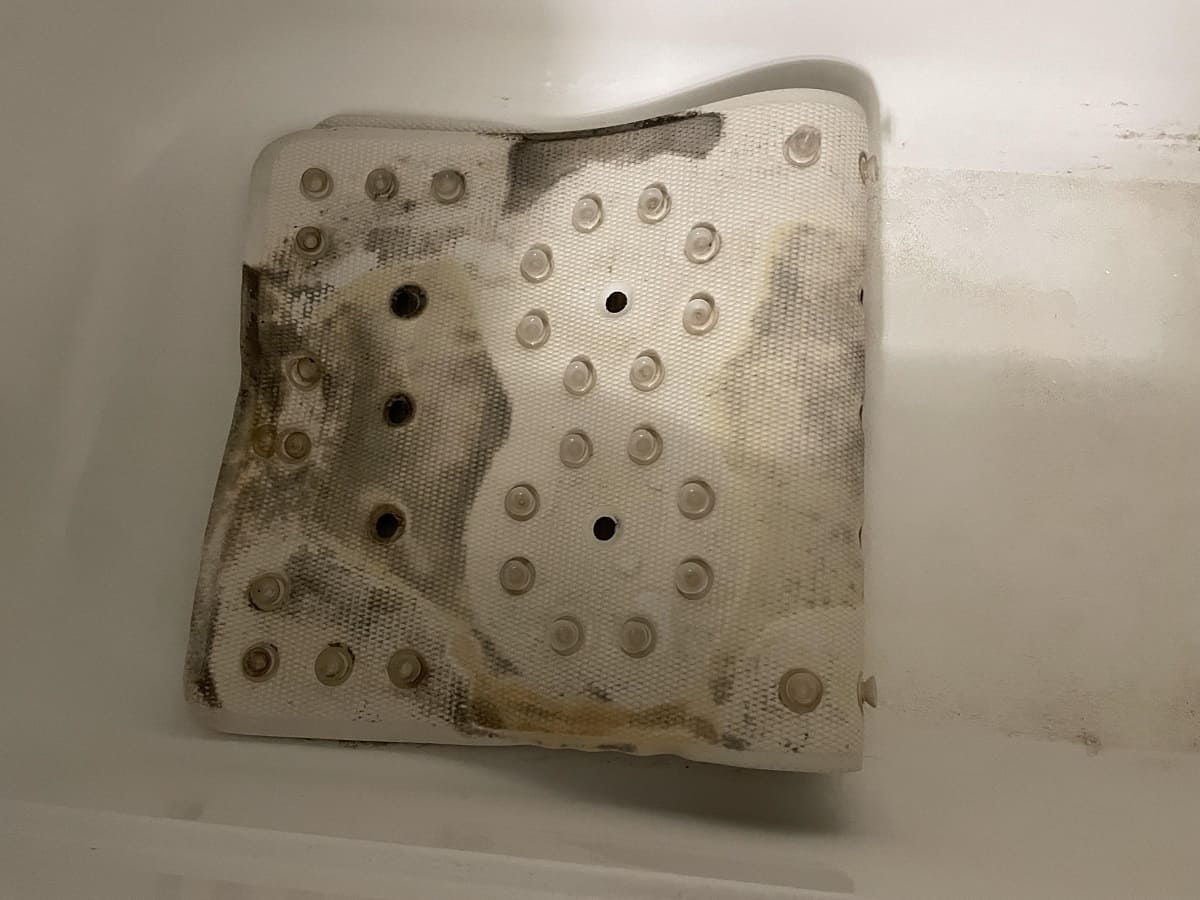

0 thoughts on “How To Wash A Bath Mat In The Washing Machine”